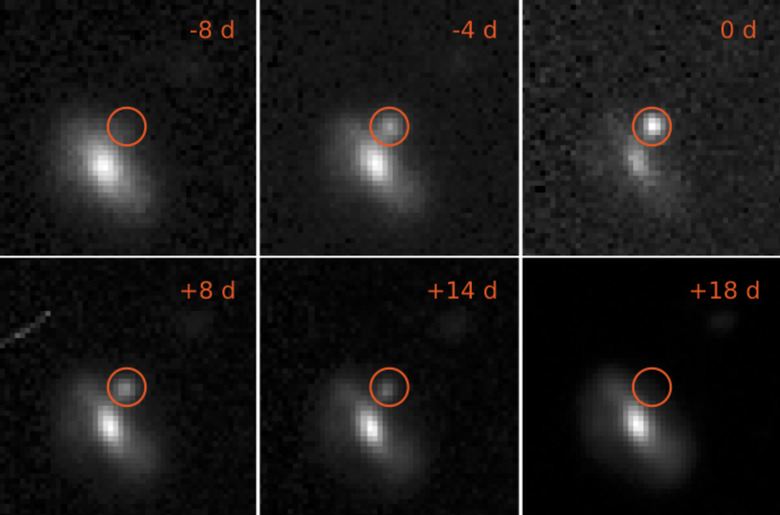Something Is Flashing Brightly In Deep Space And Scientists Have No Idea Why
Scientists searching the sky for supernova explosions recently got something they truly didn't expect. Hoping to observe the long, sustained pulses of light associated with supernovas, the scientists instead saw dozens and dozens of brief, unexplained flashes. Unable to explain exactly what they were seeing, the researchers are now left to come up with theories to account for the new phenomenon.
The flashes are incredibly bright, and are in fact close to the same maximum brightness that one would expect to see from a supernova, but they happen far more rapidly than any supernova observed in the past. Rather than stretching on for several months as most supernovas do, the flashes can disappear in as little as a week.
But if they're not supernovas, then what are they? Astronomers are still trying to answer that question. "The events appear to be both hot, with temperatures from 10,000 to 30,000 degrees Celsius, and large, ranging in size from several up to a hundred times the distance from Earth to Sun (the Earth is 150 million kilometres from the Sun)," the team explains in a press release. "They also seem to be expanding and cooling as they evolve in time, as would be expected from an exploding event such as a supernova."
Having observed 72 of the peculiar flashes in total, researchers have formed some vague theories about their origin. One possible explanation is that the flashes are coming from stars that are about to explode into a supernova, purging material which is then incinerated by the star, leading to a brief flash prior to the star's larger explosion. Unfortunately, this guess can't be nailed down without lots of additional research.
"If nothing else, our work confirms that astrophysics and cosmology are still sciences with a lot of unanswered questions," Miika Pursiainen of the University of Southampton, lead researcher of the work, says. Going forward, the team intends to make these "transient" flashes a primary focus of their observations in the hopes of learning more about them.
